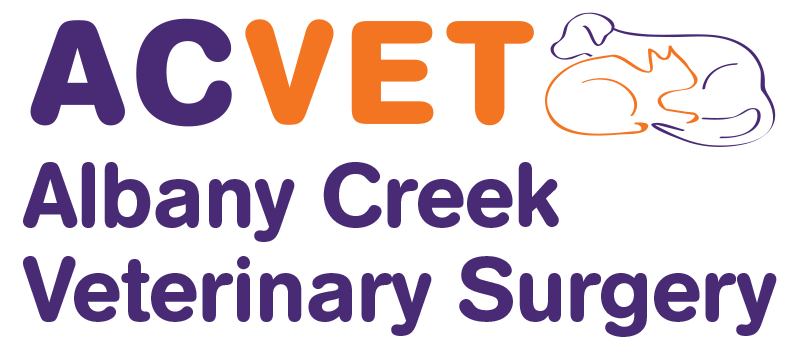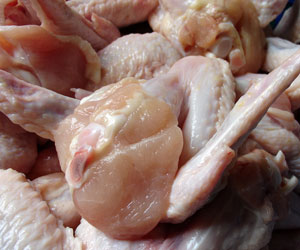Raw food diets for dogs and cats have become increasingly popular, with people electing to switch in the hopes of improving their pets’ health or providing a diet closer to what their predecessors would have consumed in the wild.
A 2008 Australian study showed 16.2% of dogs and 9.6% of cats are receiving mainly raw food as their daily meal; this figure has likely risen in recent years.
Although no diet is perfect, 100% raw feeding is inherently risky, both to your pet and to human health.
A 2010-2012 study by the FDA of commercial raw diets showed 8% contained Salmonella spp and 16% Listeria monocytogenes. E.coli (up to 60% contamination rate), Clostridium perfringens. Campylobacter spp and Toxoplasma gondii are also commonly isolated.
Although these can cause severe disease in our domestic pets, many are able to avoid becoming clinically unwell. However, the risk is still present; a 2007 study revealed 43% of dogs fed a single meal of a contaminated raw food, shed Salmonella in their faeces for up to seven days. Many of these isolates are resistant to up to 75% of antibiotics, which obviously poses significant human health risks.
Salmonella is the number one food borne pathogen in Australia. Although much rarer, Listeria has a 20-30% mortality rate and can have devastating effects in pregnant women including miscarriage. Toxoplasma gondii can cause encephalitis and death, and in pregnant women can lead to blindness or mental retardation in the foetus.
If raw foods make up 100% of your pet’s diet, this can pose other risks. A 2001 American study found NONE of the tested raw food diets were nutritionally balanced (not even the commercial ones). Vets are seeing re-emergence of diseases such as Rickets, which with the introduction of commercial dry foods had become extremely rare.
Dogs that have contact with high risk family members (the very young, elderly, pregnant or immunocompromised), or the dogs which participate in therapy or school programs, should not be fed a primarily raw meat diet.
Otherwise when feeding your pet raw foods, simply follow these rules:
- Ensure proper hygiene when storing and preparing raw food
- Try to avoid letting them lick your face and do not kiss your pet’s face
- Ensure fast and hygienic disposal of animal faeces
- Select appropriate raw bones for your pet,
- Trim excess fat and do not allow pets to consume bone marrow to avoid complications like pancreatitis
- Cook meat prior to feeding; this does not lower the digestibility or nutritional value
- Consult with a Vet to develop a balanced home prepared diet
Remember as with anything in life, balance is best.
More information
By Albany Creek Veterinary Surgery
Last updated on 12 September 2019






